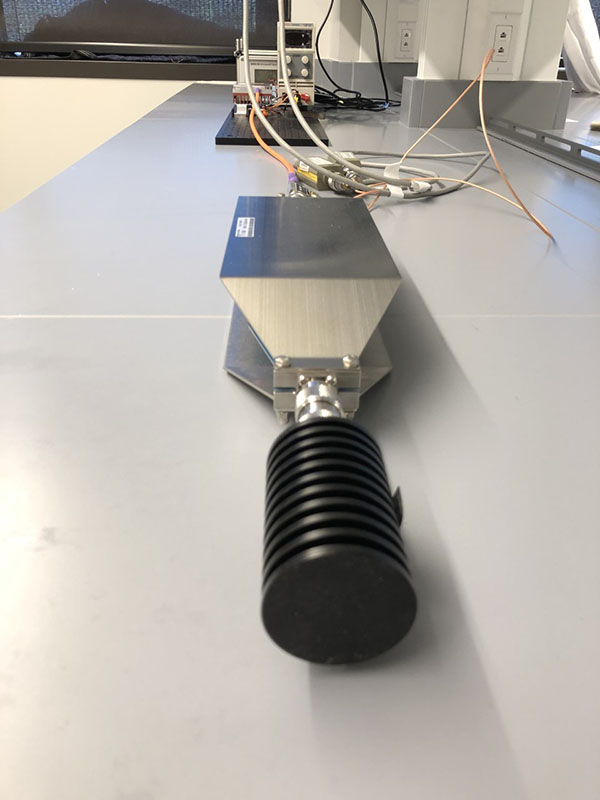While existing neuromodulation approaches such as electrical stimulation and optogenetics afford causal manipulation of neural activity and dissection of the neural circuit, the limited tissue penetration depths of electric current and light require invasive device implantation in the tissue target. To address these challenges of existing in-vivo neuromodulation methods, we aim to develop a fundamentally new wireless neuromodulation method based on tissue-penetrant radio waves and injectable nanoantennas. Specifically, 13.56 MHz radio waves, which benefit from deep tissue penetration (1/e decay distance of ~2 cm) and align with standards in radio communications, produce highly localized activation of ectopically expressed ion channels in the presence of injectable nanoantennas. This approach will enable a wireless and implant-free technology for dissecting deep-brain neural circuitry in the most native state of the tissue and in a naturalistic environment for the animal, thus offering a new tool for neuroscience research. Read our papers in Phys. Rev. Appl. APL Materials Nanotechnology to find out more.

